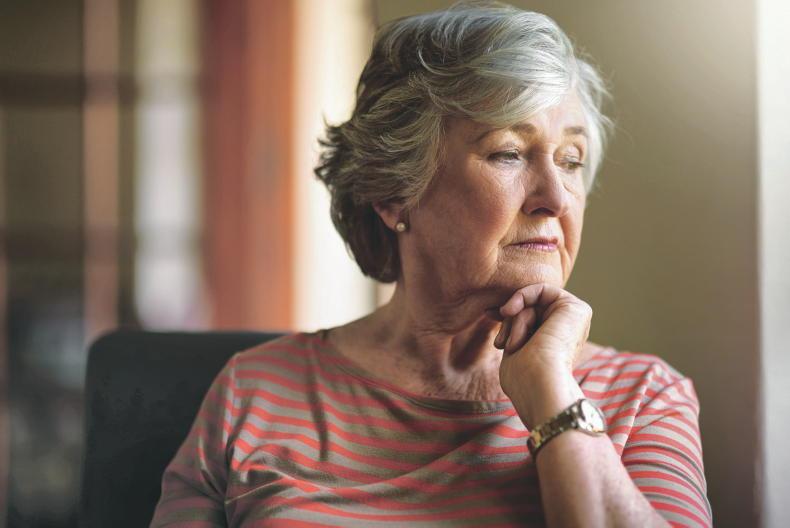In 1817, marriage had a significant legal effect on women. In the words of the eminent 18th century jurist Sir William Blackstone: “By marriage, the husband and wife are one person in law: that is, the very being or legal existence of the woman is suspended during the marriage or at least is incorporated and consolidated into that of the husband: under whose wing, protection and cover she performs everything.” With marriage, women lost their legal rights. Single women could exercise legal rights – such as owning property, leaving property under a will or buying property. A married woman could not dispose of real property (for instance, land) or personal property (including furniture, clothing, jewelry, art, writings or household goods) without the consent of her husband. Any income she earned was subject to his control. A husband had an obligation to maintain his wife and any children of the marriage. He also became responsible for his wife’s debts.
Transition in Property Rights of Married Women
Various laws passed from the 1870s relating particularly to married women’s property gradually changed the financial reliance of women on their husbands. However, the incremental granting of rights relating to property did not change how society viewed the marriage relationship.
Men were seen as the family breadwinners, where their authority was deemed absolute. It was not until the mid-20th century that legal changes had a significant impact on women’s legal rights in marriage in this country. The Married Women Status Act (1957) gave a woman separate rights to property and allowed her a formal contractual capacity. The Guardianship of Infants Act (1964) gave a woman legal rights to her own children by giving parents the right to joint guardianship. In 1974, separated, deserted and single mothers qualified for a social welfare allowance.
The Family Home Protection Act (1976) protected the family home and required prior written consent of both spouses for the sale of the family home or chattels. In other words, the family home, its furniture and fittings could not be sold without the wife’s consent. The same does not apply in the case of a farm.
Property Rights of Married Women in 2017
There is a false presumption that once a couple are married, each is entitled to 50% of the other’s assets. This is not the case. According to the general principle of separate property, each spouse has independent and equal power to acquire and deal with his or her own property. Unless property is acquired by a wife in her sole name or in joint or common ownership with her husband, a wife acquires no ownership rights or beneficial interest in either the family home or other property acquired by her husband.
However, case law has established that where a wife makes a substantial direct or indirect monetary contribution to the acquisition of property held by a husband in his sole name, she could acquire an ownership right in such property proportionate to the contribution made by her to its acquisition.
For example, if a wife worked outside the home and the income she earned contributed to running the house while the income from the farm was used to pay back a loan borrowed to purchase land, the wife could claim a proprietary interest in that land.
Special Protection is Afforded to the Family Home
The Family Home Protection Act was introduced to prevent a family home from being sold out from underneath a non-owning spouse. However, if property other than a family home is being transferred it can, broadly speaking, be transferred or sold without the knowledge or consent of the non-owning spouse.
There are exceptions to this general rule, such as in circumstances where proceedings have been instituted or threatened under the Family Law Act, the Judicial Separation Act and the Divorce Act. If those proceedings were instituted, the non-owning spouse could seek to have the transfer reversed on the basis that the property-owning spouse was doing so for the purposes of defeating a claim he/she might have for relief in separation/divorce proceedings.
Another aspect to be aware of is to ensure that where property is transferred for little or nothing in return, the property-owning spouse should have sufficient financial security after the transfer, otherwise the transfer could be challenged on the basis that it was “an improvident transaction”.
There is no presumption that a transaction is improvident; it is up to the court to decide and if it decides it was improvident, the court may set the transaction aside. Special protection is also afforded in a death situation. The Succession Act 1965 confers a specific right on a surviving spouse to a share in the deceased spouse’s estate upon a spouse dying testate, known as the Legal Right Share, and an entitlement to a specific proportion to such estate, where the deceased dies intestate (without having made a will).
Need for Reform?
The report following the Agri Taxation Review, published as part of Budget 2015, reported that in Ireland, almost 88% of family farm holders are male. The number of family farms owned by females in 2010 remained relatively low, at 12.4%.
In Ireland, joint ownership of farms between spouses is uncommon, and women generally only inherit farms upon the death of their spouse. Women tend to inherit smaller, less productive farms, as evidenced by the fact that in 2012 women received less than 8% SPS payments.
Arising from this, the report recommended that the tax system should be examined to determine unintended barriers to female participation. In the course of this review, a view was expressed that certain conditions around some of the agri-taxation measures act as a de facto barrier to greater female participation in agriculture.
The working group is working with stakeholders, including myself, in attempting to resolve these barriers and is a work in progress. CL
The Cambridge Social History of Modern Ireland by Eugenio F Biagini and Mary E Daly and Family Law by Alan Joseph were used as a references in compiling this article.









SHARING OPTIONS